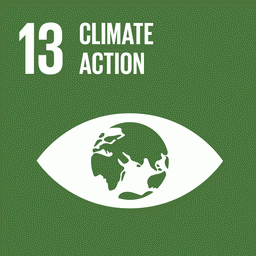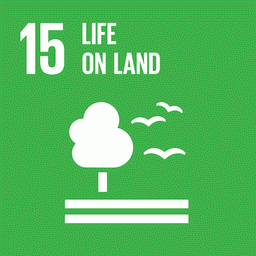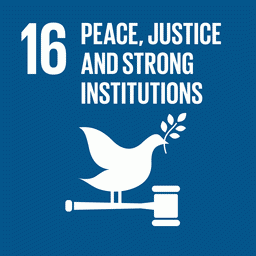Deforestation of forests in the Amazon has reached a new and alarming level in the last three years. The loss of forest between 2019 and 2021 exceeded 10,000 km² per year, a number 56.6% higher than the annual average of the previous period – 2016 to 2018.
Although a considerable portion of deforestation is located on public lands, especially federal lands, environmental governance in the Amazon lacks action at all federal and private levels. The responsibilities of the federal, state and municipal governments, as well as the private sector in decision making for land use both in public and private lands, are fundamental for better planning and prioritization of command and control actions, starting with the most critical areas that demand urgent action.
To this end, it is necessary to understand the geographical distribution of deforestation in the main land tenure categories in order to be able to contribute, effectively and efficiently, to overcoming the current context of loss of this natural heritage.
In this technical note, we detail the places where deforestation has occurred in the last six years, focusing on a “before and after” change by the federal government, according to the different land categories in the Amazon biome.




